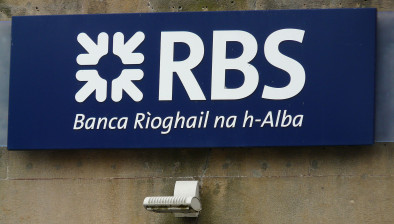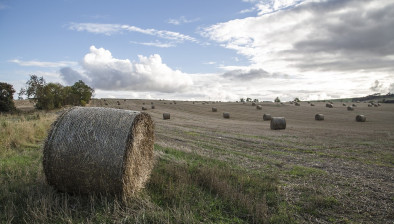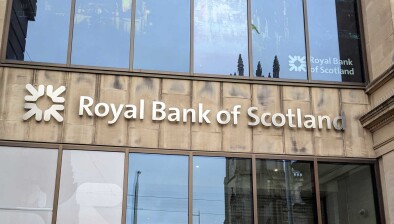Scottish private firms see mild contraction as job losses rise

Judith Cruickshank
Scotland’s private sector output experienced a third consecutive monthly decline in February, according to the Royal Bank of Scotland’s Scotland Growth Tracker.
The seasonally adjusted index, measuring combined manufacturing and service sector output, fell to 49.0, indicating a marginal contraction from 49.6. This decline was primarily driven by a sharp fall in new business, the steepest in 15 months, outpacing the UK average and attributed to reduced demand and uncertainty.
Companies continued to face challenges in obtaining new business, with inflows of new work falling for the fifth consecutive month and at the steepest rate since November 2023.
Despite lower new work, the latest survey data revealed growing optimism among Scottish firms. the 12-month outlook improved to a three-month high, suggesting that firms expect the current downturn in activity to end in the coming months.
Judith Cruickshank, Chair, Scotland Board, Royal Bank of Scotland, commented: “The downturn in activity that began at the end of last year continued in February, but remained mild.
“Firms reduced output slightly, in line with decreasing inflows of new work. Concerns surrounding upcoming employment costs and policy changes, as well as growing economic and geopolitical uncertainty, were blamed for the recent lacklustre performance.
“As a result, companies were cautious, adopting a more careful approach to hiring and slightly cutting back on payroll numbers ahead of changes to NICs.
“Looking ahead, still-elevated price pressures may pose headwinds to performance. Nonetheless, businesses recorded greater confidence for the year-ahead outlook.”
Performance in relation to UK
Scottish private sector firms recorded another decline in new business during February. The rate of contraction was the most marked in 15 months and outpaced the UK-wide average. Reduced demand and increased uncertainty were reasons cited for the latest downtick.
Nonetheless, firms anticipate activity to rise in the coming 12 months. In fact, the degree of confidence strengthened further from December’s low, with underlying data showing that firms were expectant of new contract wins and improved demand trends.
That said, the level of optimism across Scotland was less upbeat than the UK-wide average and historically subdued.
Job losses were recorded for a third straight month across Scotland’s private sector in February. Employment was reduced at the fastest rate in four years, although the decline was still modest overall and much slower than that observed at the UK level. Anecdotal evidence attributed the latest round of job shedding to redundancies and non-replacement of voluntary leavers.
Despite falling workforce numbers, firms were able to keep on top of their backlogs in February. The rate of depletion was sharp and the most pronounced in seven months. Scottish companies noted that less incoming work allowed them to manage their existing tasks more effectively.
Average input prices rose strongly in February with the respective seasonally adjusted index remaining above its long-run trend level. Despite easing slightly, the rate of inflation held close to January’s recent high. The uptick in costs was heavily linked to wage pressures and tax increases. Economic instability also contributed to rising costs.
Deviating from the trend seen for input prices, the latest survey data signalled a stronger rise in average fees charged for the provision for Scottish goods and services. The pace of charge inflation was rapid and at a ten-month high. Charges were raised to cover cost burdens.
Nevertheless, price pressures in Scotland continued to be milder than the UK averages.








